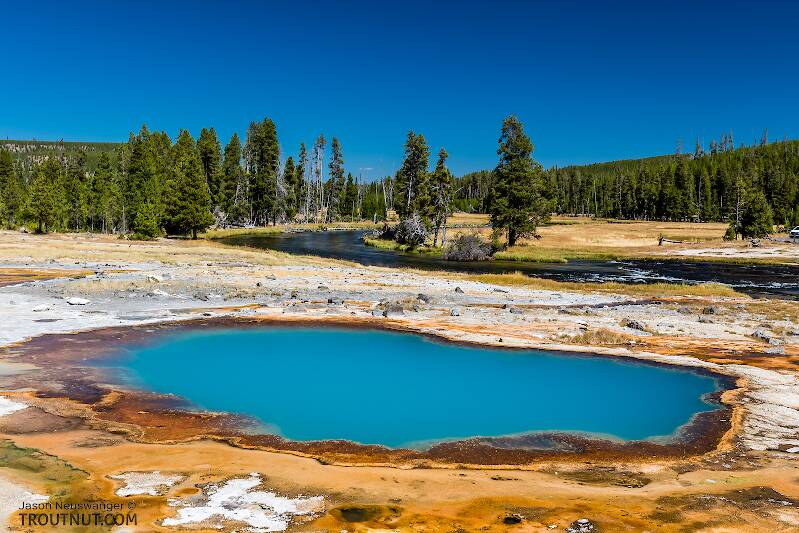
Blue-winged Olives
Baetis
Tiny Baetis mayflies are perhaps the most commonly encountered and imitated by anglers on all American trout streams due to their great abundance, widespread distribution, and trout-friendly emergence habits.
Featured on the forum

This is the first of it's family I've seen, collected from a tiny, fishless stream in the Cascades. The three species of this genus all live in the Northwest and are predators that primarily eat stonefly nymphs Merritt R.W., Cummins, K.W., and Berg, M.B. (2019).

Troutnut is a project started in 2003 by salmonid ecologist Jason "Troutnut" Neuswanger to help anglers and
fly tyers unabashedly embrace the entomological side of the sport. Learn more about Troutnut or
support the project for an enhanced experience here.
Stonefly Genus Neoperla (Golden Stones)
Genus Range
Identification
To determine whether a specimen of Perlidae belongs to Neoperla, use the Key to Genera of Perlidae Nymphs.
Start a Discussion of Neoperla
References
- Merritt R.W., Cummins, K.W., and Berg, M.B. 2019. An Introduction to the Aquatic Insects of North America (Fifth Edition). Kendall/Hunt Publishing Company.
Stonefly Genus Neoperla (Golden Stones)
Taxonomy
Species in Neoperla: Neoperla coosa, Neoperla stewarti
13 species (Neoperla carlsoni, Neoperla catharae, Neoperla choctaw, Neoperla clymene, Neoperla coxi, Neoperla falayah, Neoperla gaufini, Neoperla harpi, Neoperla harrisi, Neoperla mainensis, Neoperla occipitalis, Neoperla osage, and Neoperla robisoni) aren't included.

